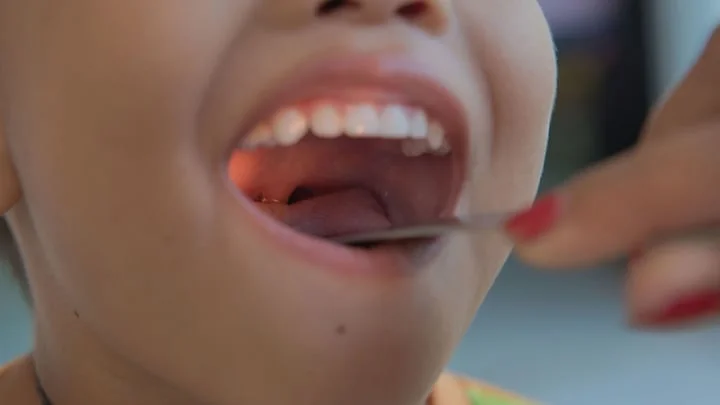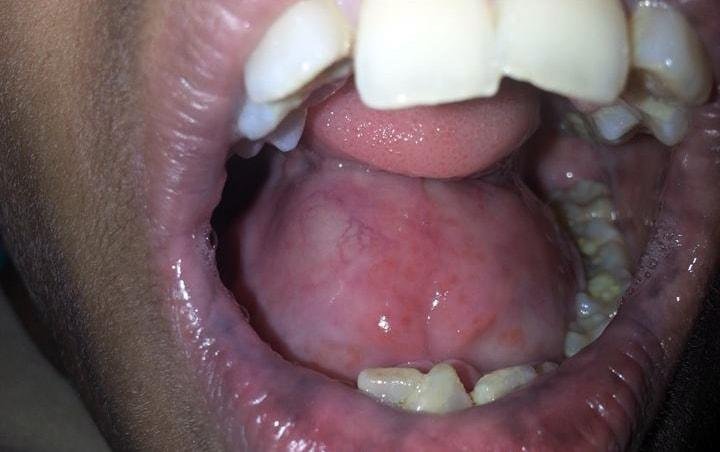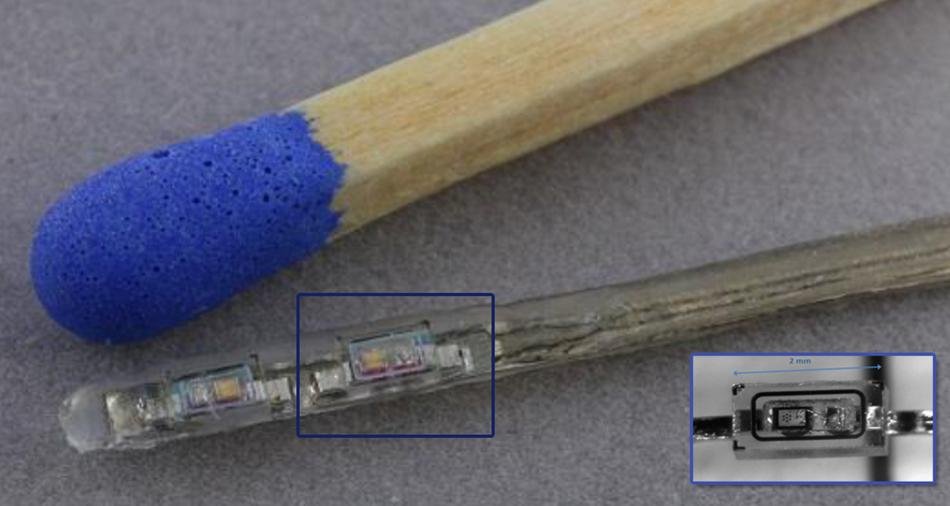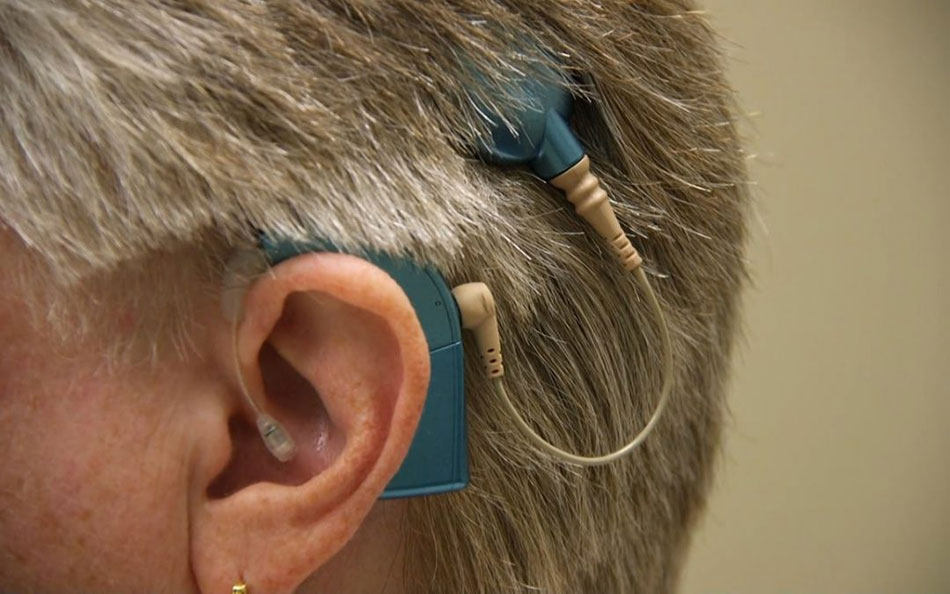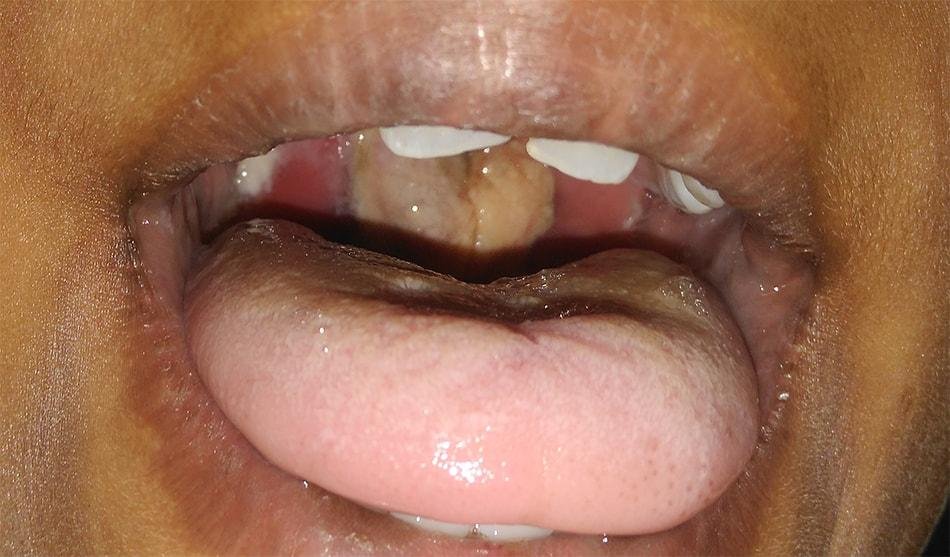Clinical practice guidelines for tonsillectomy
Tonsillectomy is the second most commonly performed surgery in the United States with more than 5,30,000 procedures performed on children younger than 15 years each year. Although tonsillectomy is a […]
Posted on
Ranula – Clinical presentation, diagnosis and management
Ranula is an uncommon clinical condition characterized by a translucent, blue cystic swelling in the floor of the mouth, arising due to accumulation of extravasated mucus from the sublingual salivary […]
Posted on
Optoacoustic Cochlear implant to hear with light pulses
Cochlear implants are electronic prosthetic devices used in adults and children with sensory neural hearing loss, who are not benefited by the use of conventional hearing aids. They bypass the […]
Posted on
Cochlear Implantation in Incomplete Partition type III
Incomplete Partition type III (IP-III) or most widely known as X linked deafness is an inner ear anomaly associated with congenital mixed hearing loss, fixation of stapes footplate and perilymph […]
Posted on
Diphtheria
Diphtheria is a life-threatening acute bacterial infectious condition caused by Corynebacterium diphtheriae. The usual site of infection is the tonsils and oropharynx, but the disease can occur in nasal cavities, larynx or […]
Posted on
Cochlear ear kiss injury – kissing a baby can make them go deaf
The answer is a Big Yes – you read it right! Kissing on the ear can make the baby or adult permanent deaf! This condition is known as “Cochlear ear kiss injury.” […]
Posted on
What is Adenoid hypertrophy? What is Adenoidectomy?
What is an adenoid? Adenoid is a normal gland found in all children between the ages of 2 and 12-15, located behind the nose. The gland is usually seen in […]
Posted on
